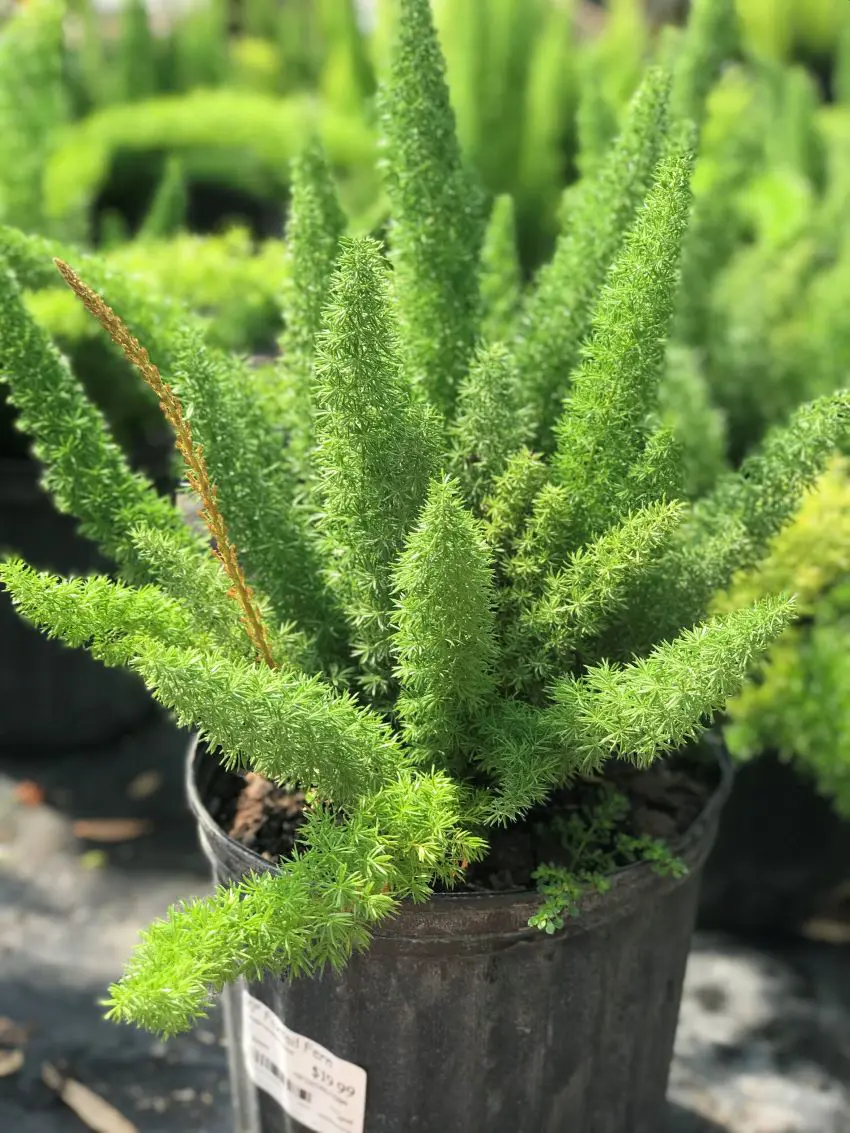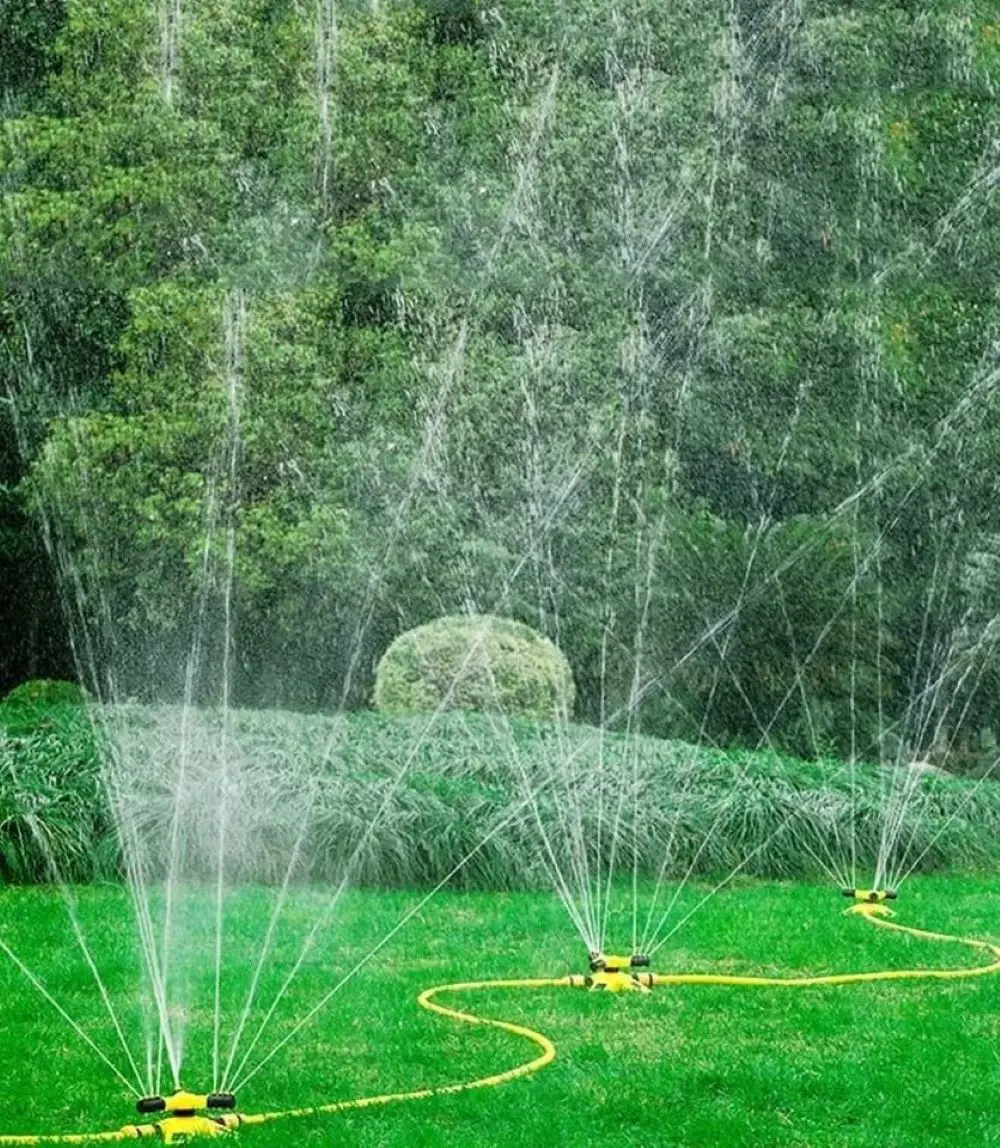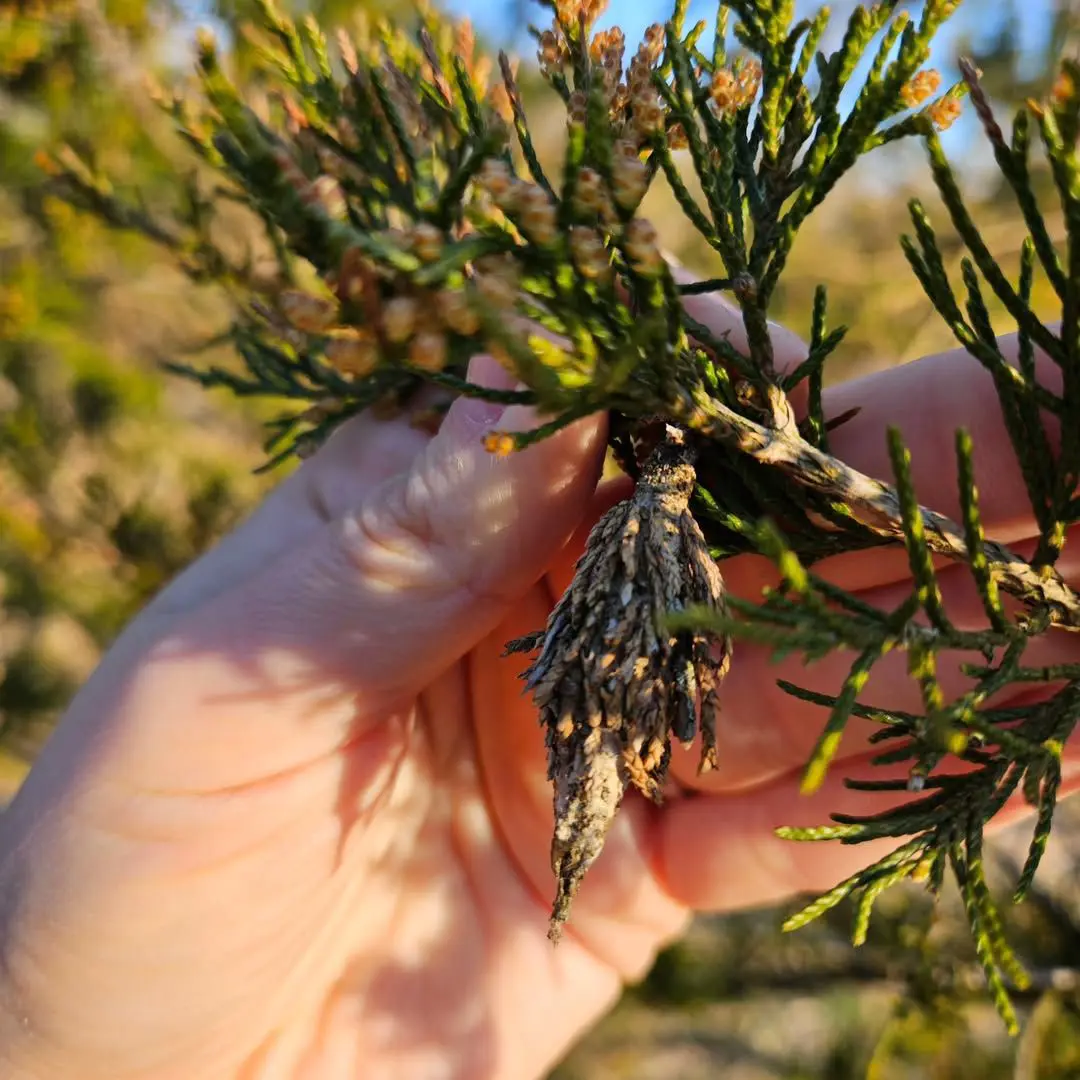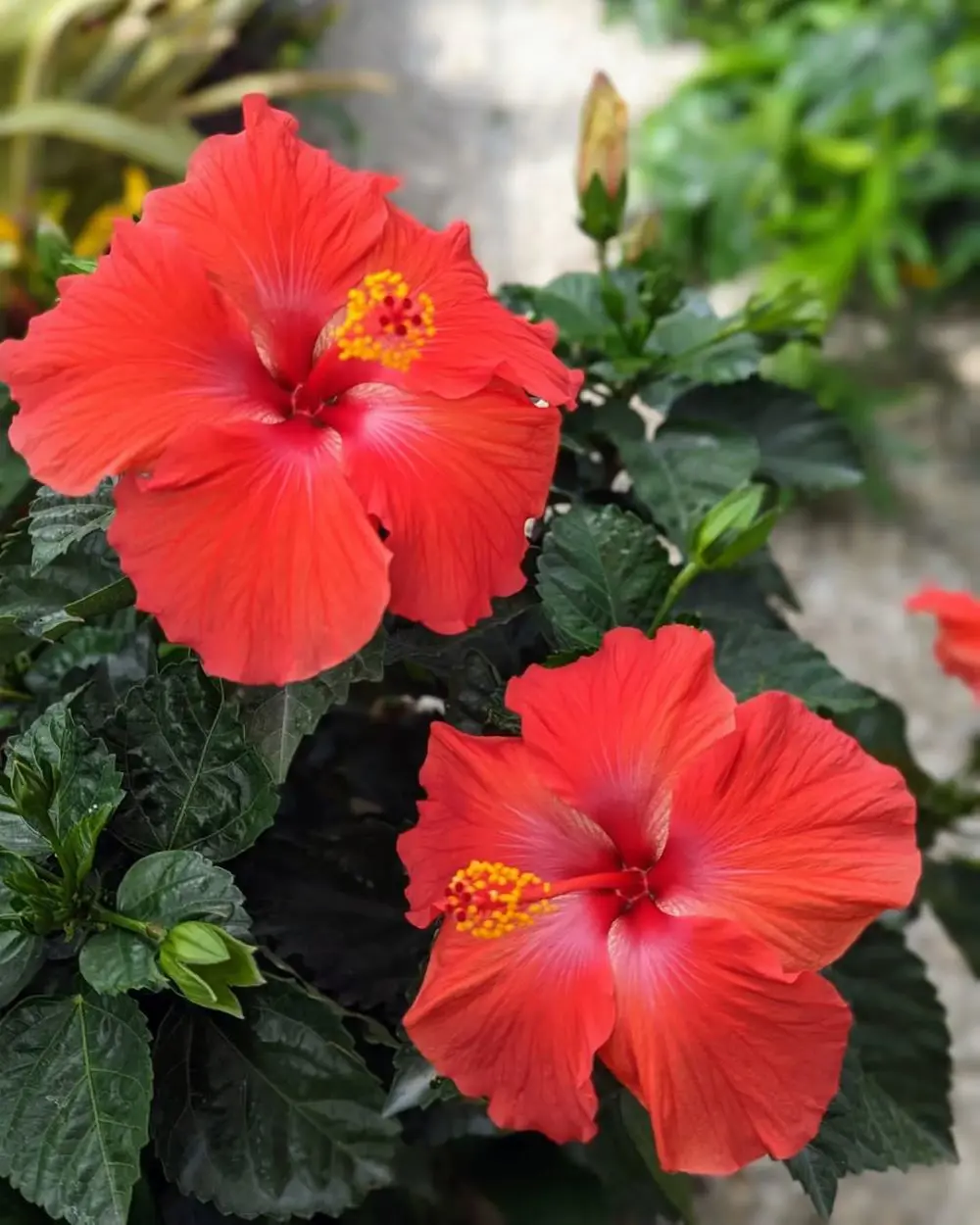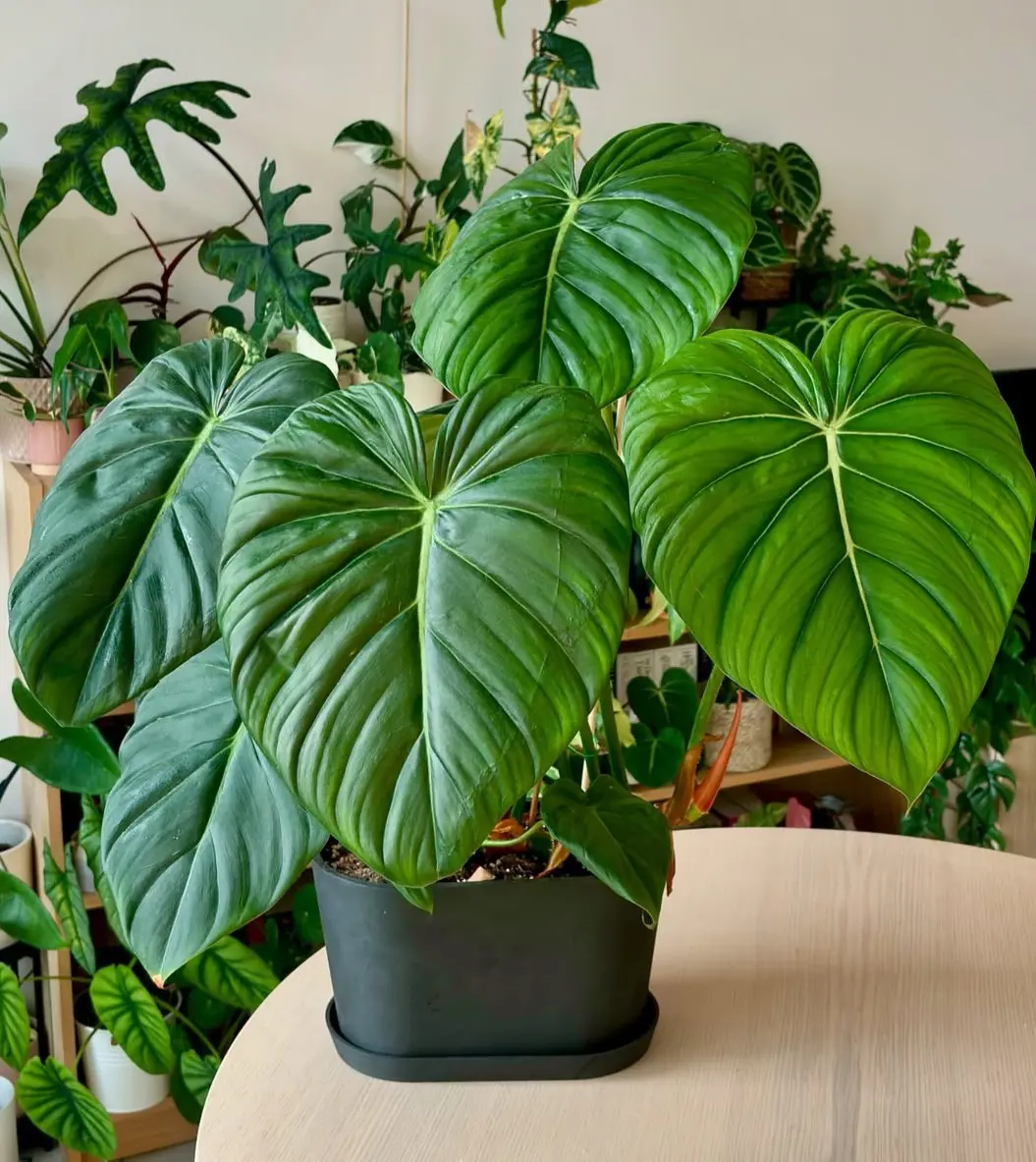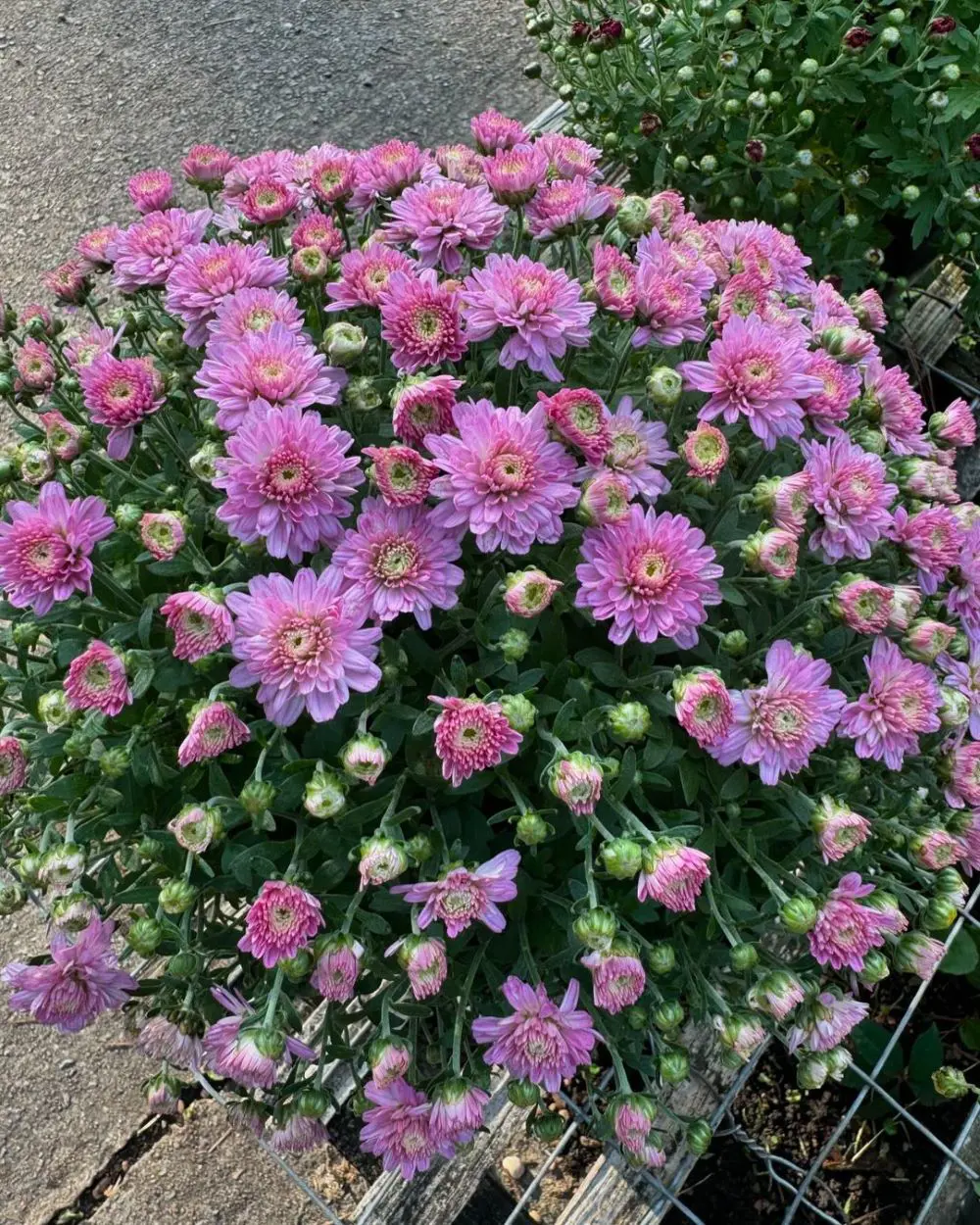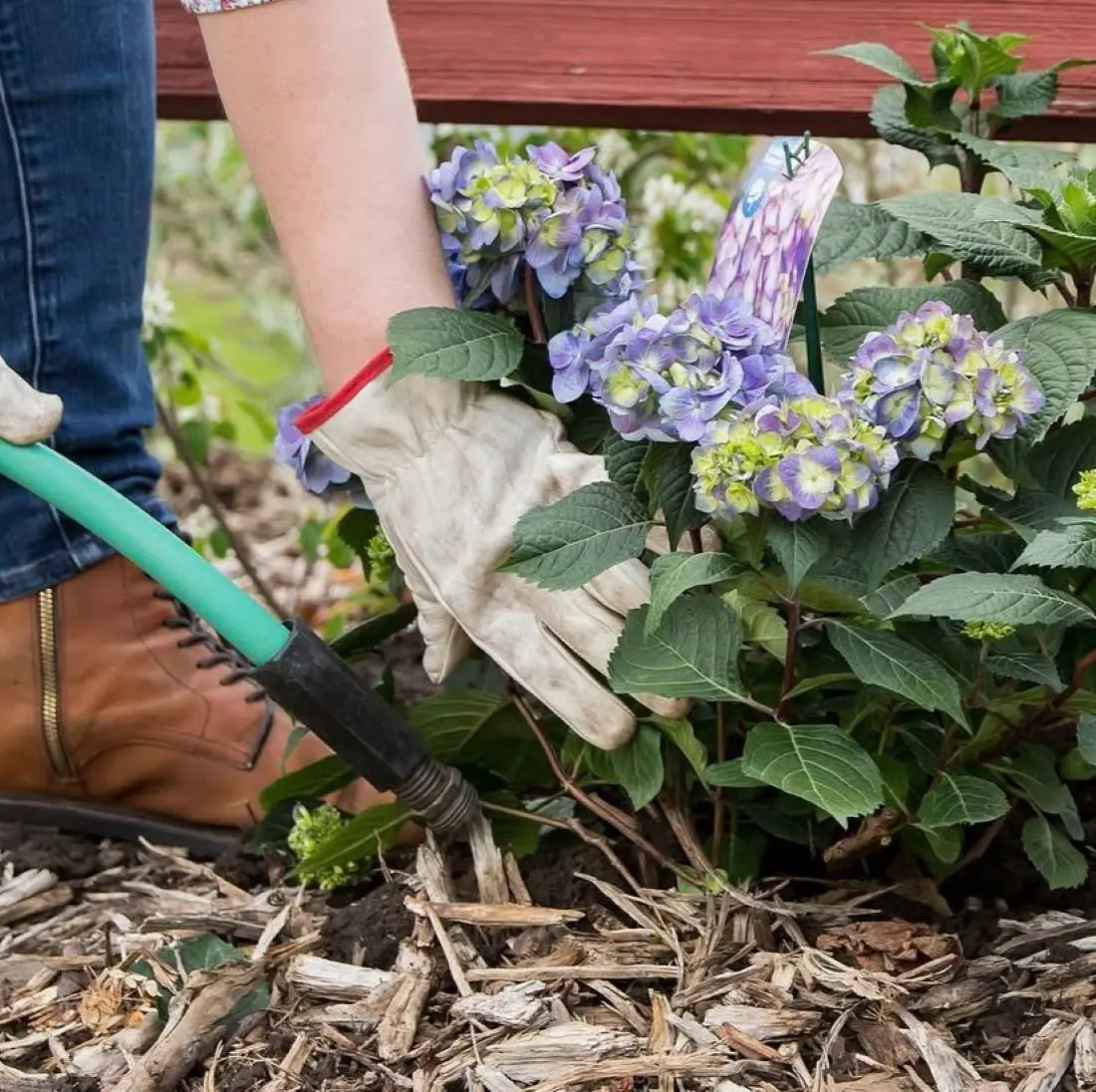Foxtail ferns are an attractive, low-maintenance plant known for their lush, feathery foliage that adds elegance to any garden or indoor space. Native to South Africa, these versatile plants thrive in various conditions, making them a favorite among gardeners and houseplant enthusiasts alike.
Understanding the specific needs of foxtail ferns, including light, water, and soil requirements, is essential for ensuring their healthy growth and vibrant appearance.
This guide will provide all the information you need to care for and grow foxtail ferns successfully.
Botanical Information
The Foxtail Fern is a perennial evergreen native to the coastal regions of South Africa. Its scientific name, Asparagus densiflorus 'Myers', reflects its classification within the Asparagus genus, which includes several other ornamental and edible species.
The 'Myers variety is specifically noted for its dense, bushy growth habit and soft, needle-like foliage that forms cylindrical plumes.
Key Botanical Features
- Family: Asparagaceae
- Genus: Asparagus
- Species: A. densiflorus
- Common Names: Foxtail Fern, Myers Fern, Asparagus Fern
- Origin: South Africa
- Growth Habit: Upright, bushy
- Foliage: Needle-like, bright green
- Flowers: Small, white to pale pink
- Fruit: Small, red berries
Foxtail Ferns are dioecious, meaning they have separate male and female plants. While the primary attraction of these plants lies in their foliage, they do produce small, inconspicuous flowers followed by bright red berries. The berries are toxic if ingested, so care should be taken if pets or children are around.
Foxtail Fern Care
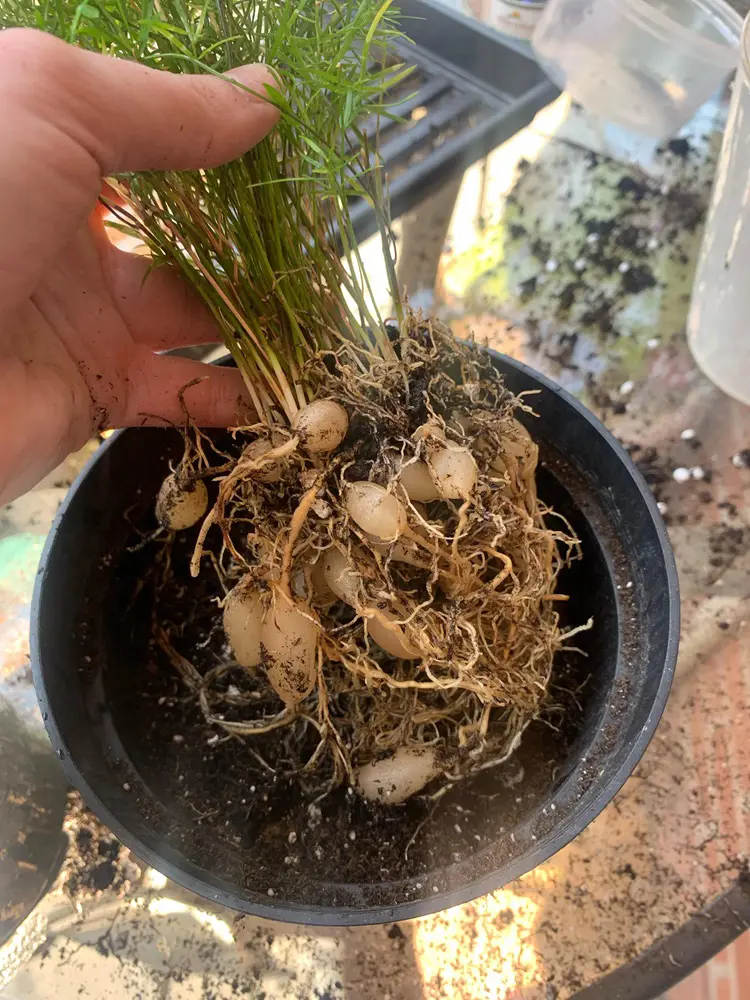
Light
Foxtail Ferns thrive in bright, indirect light. While they can tolerate some direct sunlight, especially in the morning or late afternoon, prolonged exposure to intense midday sun can scorch their delicate foliage. For indoor plants, placing them near a north or east-facing window is ideal. In outdoor settings, they do well in partial shade, benefiting from protection against the harshest rays of the sun.
Soil
The ideal soil for Foxtail Ferns is well-draining and rich in organic matter. A good quality potting mix combined with compost or peat moss provides the necessary nutrients and drainage. These plants prefer slightly acidic to neutral soil pH, ranging from 6.0 to 7.0. Proper drainage is crucial to prevent waterlogging, which can lead to root rot.
Water
Consistent moisture is key to keeping Foxtail Ferns healthy. Water the plant thoroughly when the top inch of soil feels dry to the touch. Ensure that the soil remains evenly moist but not waterlogged. Overwatering or allowing the plant to sit in standing water can cause root rot. During the growing season (spring and summer), water more frequently, reducing the frequency during the dormant period in fall and winter.
Temperature and Humidity
Foxtail Ferns prefer moderate temperatures and can tolerate a range of conditions. The ideal temperature range is between 60°F to 75°F (15°C to 24°C). They are sensitive to frost and should be protected from temperatures below 50°F (10°C). High humidity levels benefit these plants, mimicking their native habitat. Indoor growers can increase humidity by misting the plant regularly or placing a humidity tray nearby.
Fertilizer
Regular feeding helps Foxtail Ferns maintain their vibrant foliage. Use a balanced, water-soluble fertilizer diluted to half strength every 4-6 weeks during the growing season. Fertilizing should be reduced or stopped during the dormant winter months. Over-fertilization can lead to salt buildup in the soil, so it's important to follow the recommended dosage and flush the soil periodically.
Pruning Foxtail Ferns
Pruning is an essential part of maintaining the shape, health, and overall appearance of foxtail ferns. Regular pruning helps encourage new growth, prevent disease, and keep the plant looking its best.
-
Remove Yellowing or Dead Fronds:
- Begin by inspecting your foxtail fern for any yellowing or dead fronds. These are usually easy to spot as they contrast starkly with the healthy, vibrant green foliage. Removing these fronds helps redirect the plant’s energy towards producing new growth and keeps it looking tidy.
- Use clean, sharp scissors or pruning shears to cut off the yellowing or dead fronds at the base. It's important to sterilize your cutting tools with rubbing alcohol before and after use to prevent the spread of disease.
-
Major Shaping in Early Spring:
- While you can prune foxtail ferns as needed throughout the year, major shaping is best performed in early spring. This timing allows the plant to recover quickly and take advantage of the upcoming growing season to fill out and flourish.
- During your spring pruning session, assess the overall shape and size of the fern. Remove any fronds that are growing out of bounds or disrupting the plant’s desired form. This not only enhances the aesthetic appeal but also promotes better air circulation within the plant, reducing the risk of fungal infections.
-
General Tips for Pruning:
- Always make clean cuts to avoid damaging the plant. Ragged cuts can become entry points for pests and diseases.
- If you’re pruning to control size, consider removing older fronds first, as they are less productive and more likely to turn yellow over time.
- After pruning, give the plant a thorough watering and a balanced fertilizer to support its recovery and encourage robust new growth.
Propagating Foxtail Fern
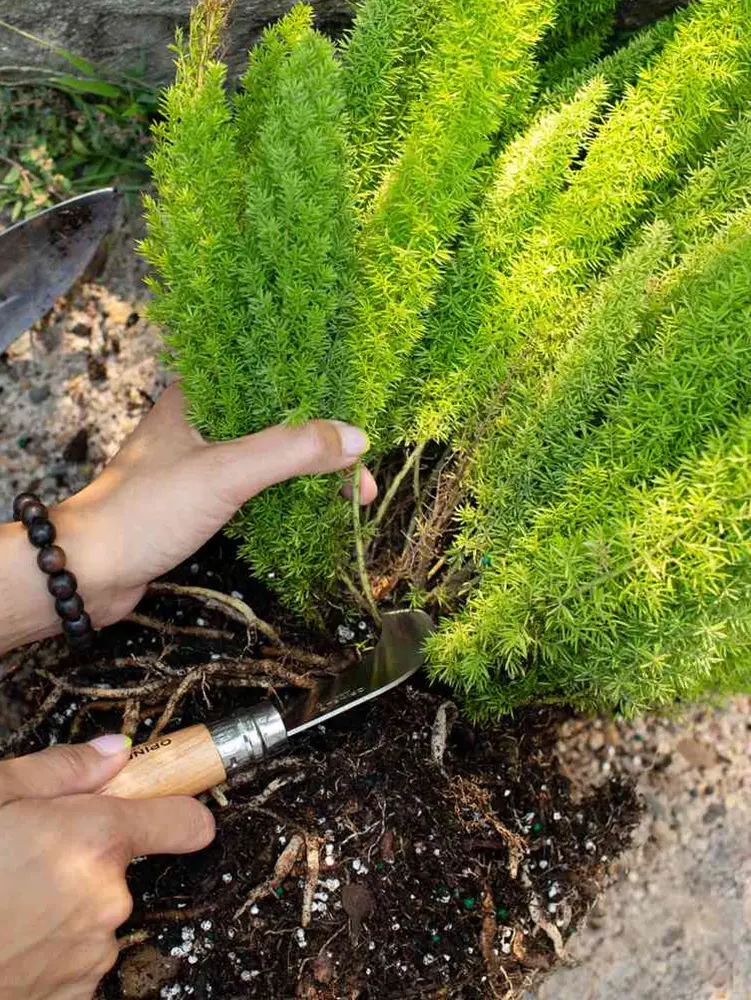
Propagating foxtail ferns can be done through division or seeds, with division being the most common and easiest method. This guide will walk you through both techniques to help you expand your collection of these beautiful plants.
Division
Step 1: Timing The best time to divide foxtail ferns is during the spring when the plant is actively growing. This ensures quicker recovery and better establishment.
Step 2: Prepare the Plant Water the fern thoroughly a day before dividing to ensure the roots are well-hydrated. This makes the process easier and less stressful for the plant.
Step 3: Remove from Pot Carefully remove the foxtail fern from its pot or dig it up from the garden. Gently shake off excess soil to expose the root ball.
Step 4: Divide the Root Ball Using a clean, sharp knife or your hands, divide the root ball into smaller sections. Each section should have a good amount of healthy roots and several fronds. Be gentle to avoid damaging the roots.
Step 5: Replant Plant each division in a separate pot filled with well-draining potting mix or in a new spot in your garden. Ensure the crown of the plant (where the fronds emerge) is at the soil level. Water the divisions thoroughly and keep them in a shaded area for a few days to help them recover.
Step 6: Care Resume regular care, ensuring they receive bright, indirect light and consistent moisture. New growth should appear within a few weeks.
Seed Propagation
Step 1: Collect Seeds Foxtail fern seeds can be collected from mature plants. Look for berries that have turned red and harvest them.
Step 2: Prepare Seeds Clean the seeds by removing the fleshy pulp of the berries. Rinse them thoroughly and allow them to dry.
Step 3: Sow Seeds Fill a seed tray with a mix of peat moss and perlite. Sow the seeds on the surface and lightly cover them with a thin layer of the mix.
Step 4: Create Humidity Cover the tray with plastic wrap or a clear lid to maintain humidity. Place the tray in a warm location with bright, indirect light.
Step 5: Germination and Transplanting Germination can take several weeks to months. Keep the soil consistently moist during this period. Once the seedlings are large enough to handle, transplant them into individual pots and care for them as you would mature foxtail ferns.
Potting and Repotting
Foxtail Ferns grow relatively quickly and can become root-bound in their pots. Repotting should be done every 1-2 years, or when the plant outgrows its container. Follow these steps for successful potting and repotting:
- Choose the Right Pot: Select a pot that is one size larger than the current one and has good drainage holes.
- Prepare the Soil: Use a well-draining potting mix with added compost or peat moss.
- Remove the Plant: Gently remove the plant from its current pot, being careful not to damage the roots.
- Inspect the Roots: Trim any damaged or rotting roots with clean, sharp scissors.
- Planting: Place the plant in the new pot and fill in around the roots with fresh soil. Firm the soil gently around the base.
- Watering: Water the plant thoroughly and place it in its preferred light conditions.
Overwintering
In regions with cold winters, Foxtail Ferns need protection from frost and freezing temperatures. For outdoor plants:
- Move Indoors: If the plant is in a pot, move it indoors to a bright location before the first frost.
- Mulch: For in-ground plants, apply a thick layer of mulch around the base to insulate the roots.
- Reduce Watering: Water less frequently during the winter months, as the plant's growth slows down.
- Temperature: Maintain indoor temperatures above 50°F (10°C).
Common Pests & Plant Diseases
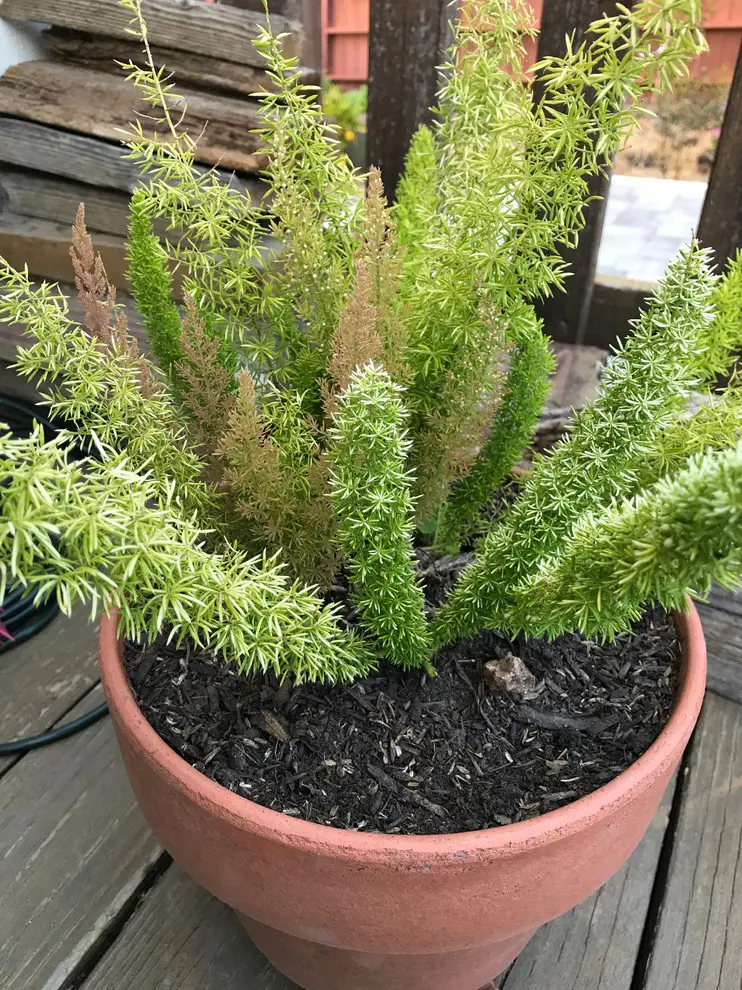
Foxtail Ferns are generally resistant to pests and diseases, but they can occasionally be affected by:
- Spider Mites: These tiny pests can cause yellowing and webbing on the foliage. Increase humidity and wash the plant with insecticidal soap to control infestations.
- Scale Insects: These appear as small, brown bumps on the stems and leaves. Remove them manually with a cotton swab dipped in rubbing alcohol.
- Root Rot: Caused by overwatering or poor drainage. Ensure proper watering practices and use well-draining soil to prevent this issue.
Common Problems with Foxtail Fern
- Yellowing Leaves: Often a sign of overwatering, underwatering, or inadequate light. Adjust watering habits and ensure the plant receives bright, indirect light.
- Leggy Growth: Indicates insufficient light. Move the plant to a brighter location.
- Brown Tips: This can result from low humidity, underwatering, or excessive fertilizer. Increase humidity, adjust watering, and reduce fertilizer use.
